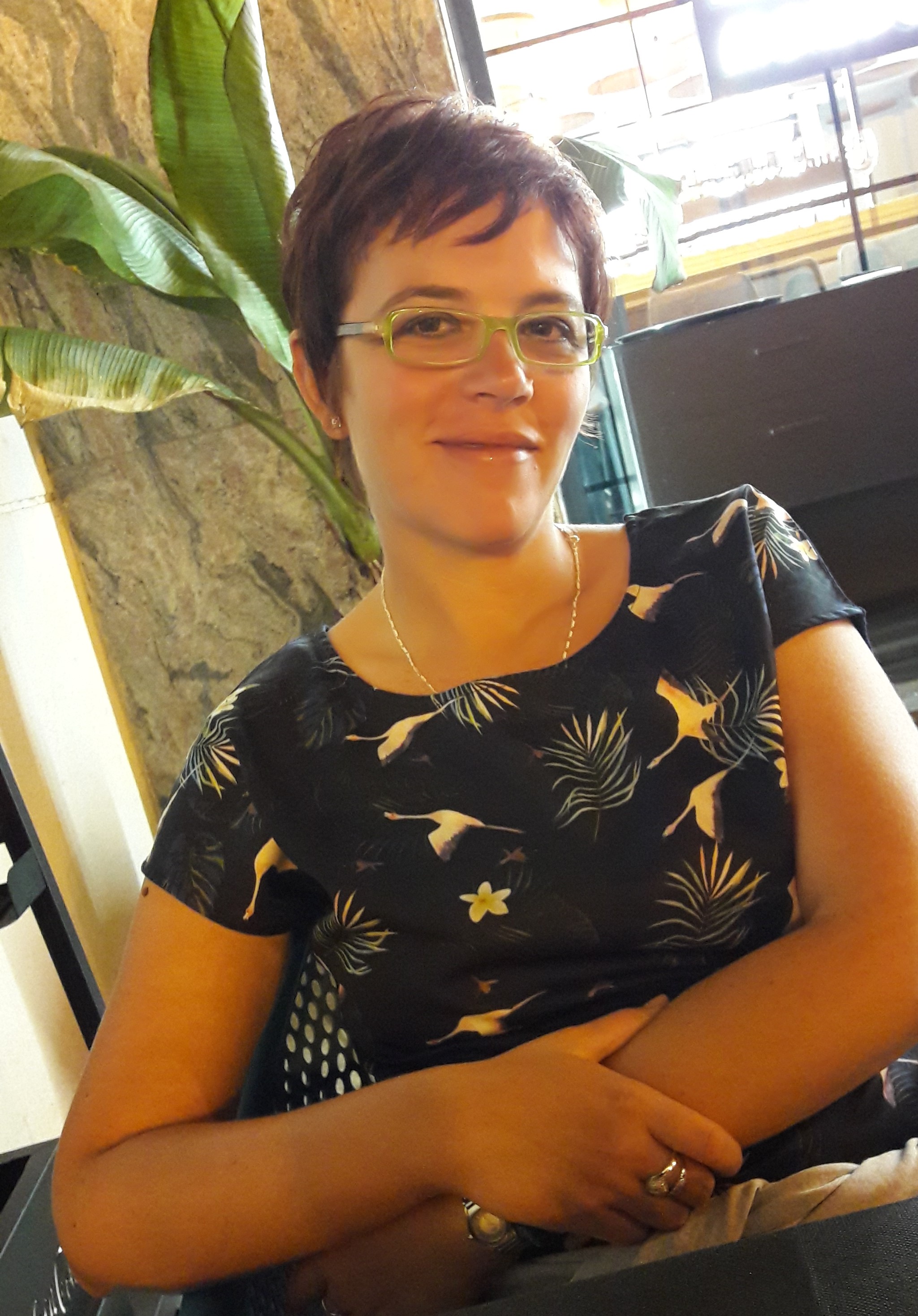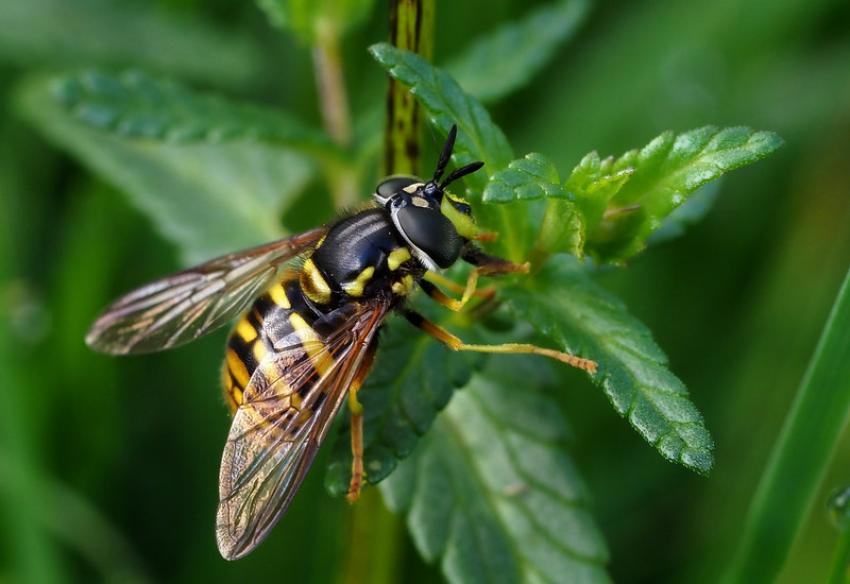Interview with Zorica Nedeljkovic
This is the second in a series of interviews with Hoverfly Experts involved in IUCN’s European Red List (ERL) of Hoverflies. The project aims to assess the extinction risk of hoverfly species across Europe, and will contribute to guiding decisions and conservation action for these species at the European level.
 Photo: Zorica Nedeljkovic
Photo: Zorica Nedeljkovic
Hoverflies are a group of pollinators characterised by their time spent hovering in flight, displaying their extremely well developed acrobatic skills. These flies are most likely to be found hovering around flowers in the garden whilst they feed on nectar. They are often mistaken for being a wasp or a bee as some species mimic their vibrantly coloured black and yellow abdomens. They are used as a bio-indicator for ecosystem monitoring and their larvae act as biocontrol agents of aphids making them both a friend to gardeners and farmers.
Dr. Zorica Nedeljkovic is a hoverfly red list assesor who works for the University of Novi Sad (Serbia) as a taxonomist and researcher. In particular she focuses on Chrysotoxum and Xanthogramma hoverfly species and part of her job has been decribing species new to science such as Chrysotoxum montanum (Nedeljković & Vujić, 2015 ) which she did during her PhD - this is her favourite species. As an assesor, Dr. Nedeljkovic is part of a key team that are responsible for determining the status of Europe's hoverflies so that we can better understand the condition of this group of insects in Europe.
 Photo: Chrysotoxum arcuatum (c) Frank Vassen
Photo: Chrysotoxum arcuatum (c) Frank Vassen
Zorica first became interested in hoverflies during her university career, " I did both my masters and PhD theses on Syrphidae (hoverflies)". These studies have driven a passion not only for better understanding hoverflies but also for ensuring their conservation by recognising key threats such as "destruction of their habitat and other anthropogenic disturbance". Zorica believes we can all do better for these insects by, "being more careful with nature in general".
There is hope for hoverflies though and Zorica emphasises key actions which can give us hope such as, "protection of hoverflies through conservation projects, protection of habitats, legislation and the IUCN red list". She notes that this is particularly crucial considering, "hoverflies are very good bioindicators and they play a very important role in pollination".
Zorica got involved with the red list through her professor, Ante Vujic, who we interviewed in January. She believes the red list to be key for hoverfly conservation because of its abilityt to "show the status and trends of hoverflies in Europe to scientists and also to the general public."
We look forward to sharing more about our expert hoverfly assessors soon!



